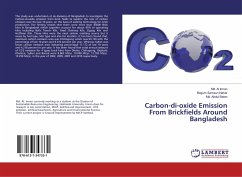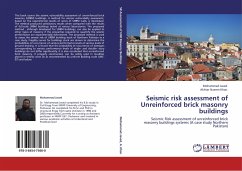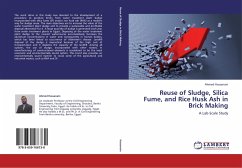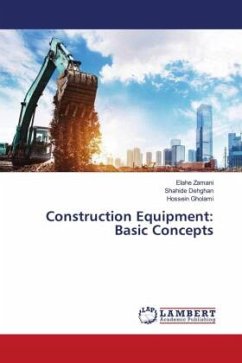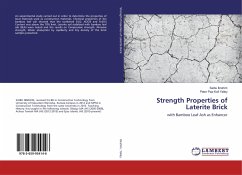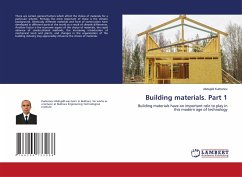This study was undertaken at six divisions of Bangladesh to investigate the Carbon-di-oxide emission from brick fields to explore the rate of carbon emission over the last 10 years, on the basis of existing technology for brick production. The finding reveals that there were more than 45000 Brick kilns in Bangladesh which together account for about 95% of operating kilns including Bull's Trench Kiln, Fixed Chimney Kiln, Zigzag Kiln and Hoffman Kiln. These kilns were the most carbon emitting source but it varies by fuel type, kiln type and also for location. It has been found that, maximum carbon emission area was Chittagong which was 93.150 with the percentage of last 10 years and 9.310 percent per year. Whereas Sylhet was lower carbon emission area indicating percentage 17.172 of last 10 years and 4.218 percent in per year. It has been found that total annual amount of CO2 emission for 4 types brick kilns from Dhaka, Chittagong, Rajshahi, Khulana, Sylhet and Barisal were 8.862 Mt/yr, 10.048 Mt/yr, 12.783 Mt/yr, 15.250 Mt/yr, in the year of 2002, 2005, 2007 and 2010 respectively.
Bitte wählen Sie Ihr Anliegen aus.
Rechnungen
Retourenschein anfordern
Bestellstatus
Storno

